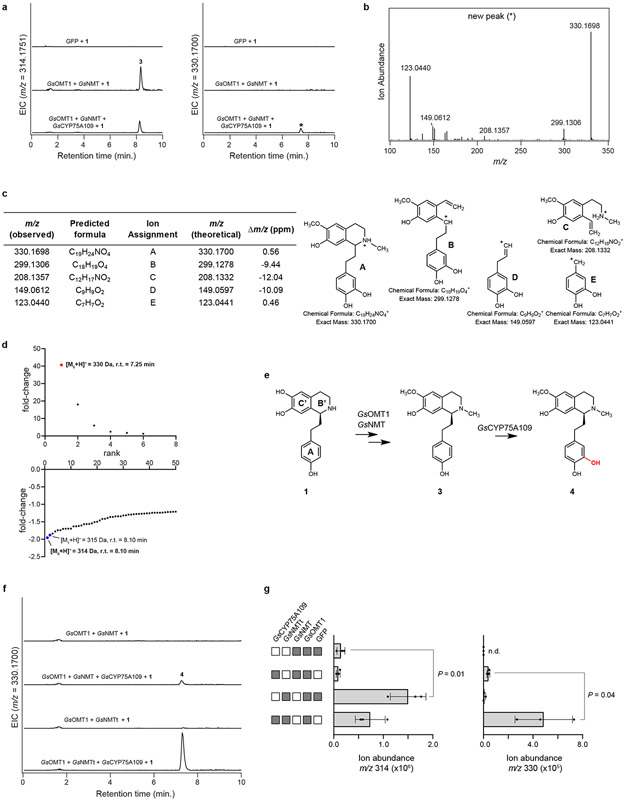Extended Data Figure 3. Characterization of GsCYP75A109.
a) Addition of GsCYP75A109 into the N. benthamiana transient expression system with co-infiltrated 1 leads to consumption of 3 (m/z 314.1751) and production of a new compound corresponding to a hydroxylation (m/z 330.1700), as shown here via LC-MS chromatograms. EIC = extracted ion chromatogram. These results were confirmed in two independent experiements. b) MS/MS fragmentation spectrum of the generated m/z 330.1700 product (*) at a collision energy of 20V. Consistent results were obtained in three separate experiments. c) Tabulated list and putative structures for ion fragments generated from MS/MS analysis of the m/z 330.1700 product. See Supplementary Information for a detailed analysis of MS/MS results. d) Untargeted metabolite analysis (XCMS) comparing the presence vs. absence of GsCYP75A109 within the transient co-expression system (n=6 independent replicates for each experimental condition). Shown are unique mass signatures (P < 0.1 between samples, as determined via XCMS) in ranked order based upon their increasing (top panel) or decreasing (bottom panel) fold-change in abundance between the two compared conditions. The presumed product (m/z 330.1700) is highlighted in red, while the mass isotopologues (M0, M1) of the presumed substrate (m/z 314.1751) are highlighted in blue. r.t. = retention time. e) Proposed reaction catalyzed by GsCYP75A109 as supported by MS/MS fragmentation and prior labeling studies. f) An N-terminal truncation of a predicted mitochondrial localization signal from GsNMT (yielding GsNMTt) increases yield of putative 4 (m/z 330.1700) in the transient co-expression system, as shown here via representative LC-MS chromatograms. g) Quantification of the heterologous production of 3 (m/z 314) or 4 (m/z 330) with the use of GsNMT or GsNMTt within the co-expression system. Filled-in boxes (gray) indicate the presence of a gene within the co-expression experiment, while an empty box (white) indicates its absence. Shown for each reaction is the mean of 3 distinct biological replicates along with the corresponding standard deviation. Statistical comparisons were made using a one-tailed Student’s t-test, with an assumption of unequal variance. n.d. = not detected. Direct comparison between the experimental conditions was performed twice with similar results obtained each time. Activity of GsNMTt within pathway engineering was consistent in >3 experiments.

